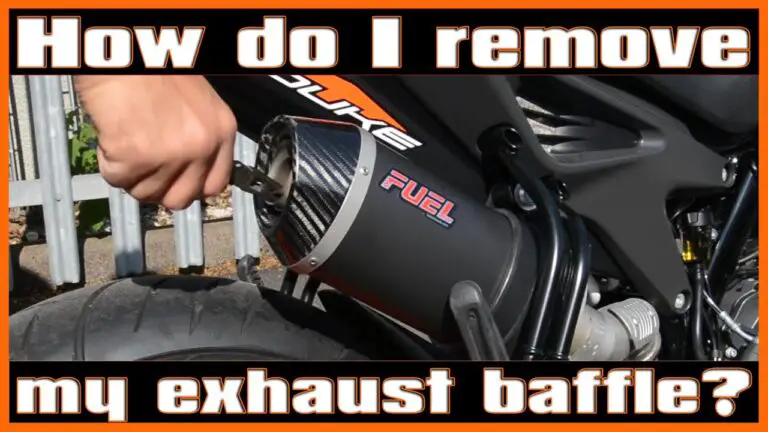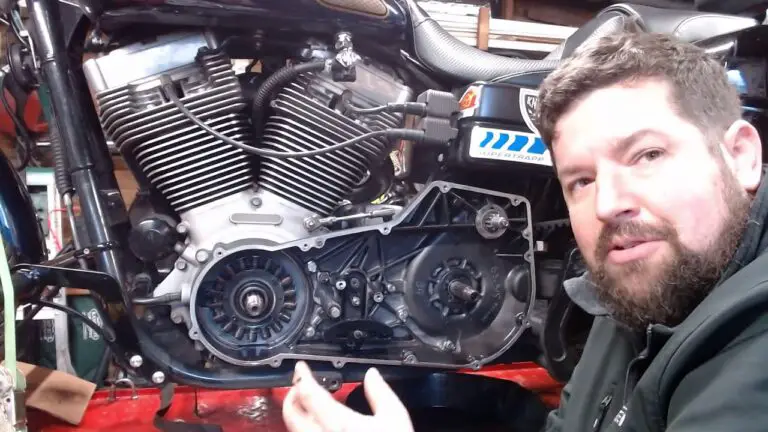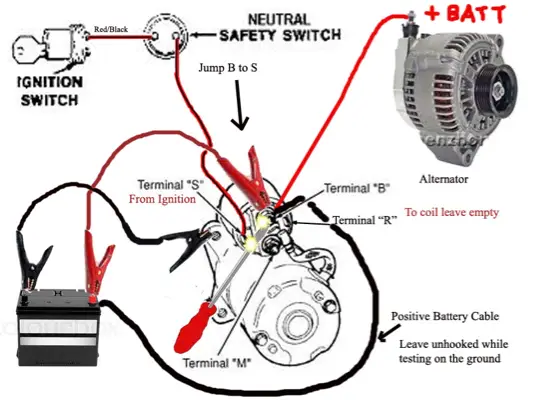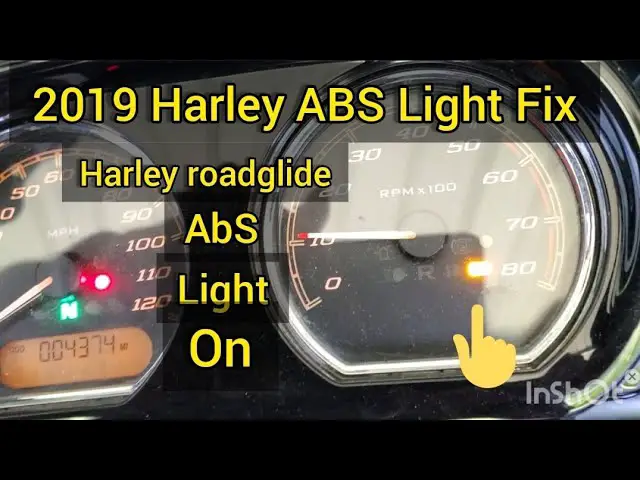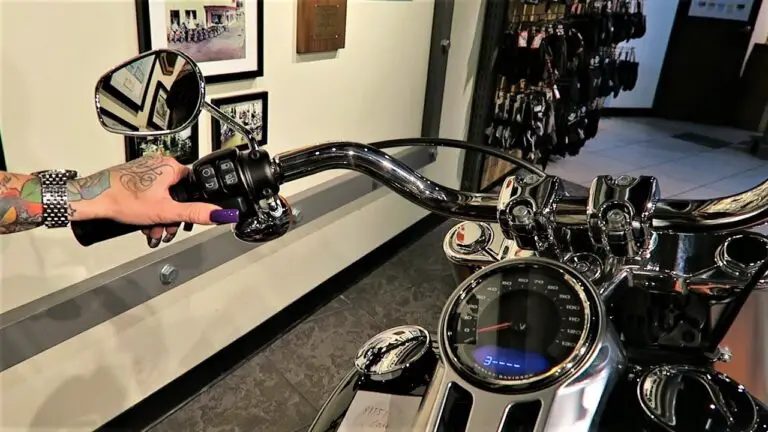The red light on a Harley Davidson motorcycle usually indicates a potential issue with the engine or electronics. It serves as a warning to check the bike’s systems.
When you notice a red light on your Harley’s dashboard, it’s natural to feel a sense of urgency. It’s the bike’s way of telling you something could be wrong — and it often requires immediate attention. Modern Harleys are equipped with an array of sensors and systems designed to monitor the bike’s health.
These systems range from the engine and transmission to the battery and fuel levels. The red light, specifically, could be tied to overheating, low oil pressure, or a charging system fault. As a Harley rider, understanding what the various warning lights mean is crucial to maintaining your motorcycle’s performance and safety. Promptly checking your owner’s manual and consulting with a certified Harley mechanic can prevent further issues, potentially saving you from costly repairs and ensuring you can safely enjoy the open road.
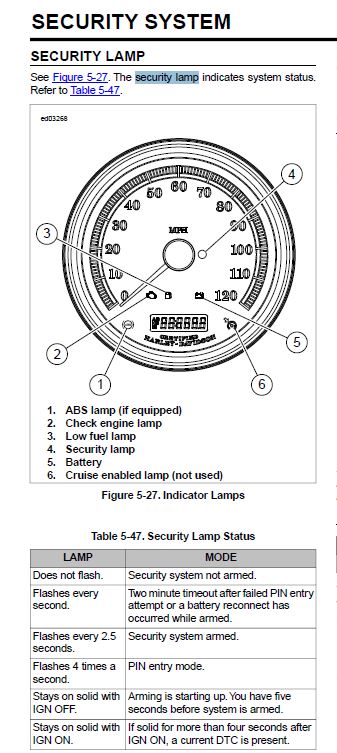
Credit: www.hdforums.com
Introduction To Harley-davidson Indicator Lights
The red light on a Harley-Davidson motorcycle is crucial for the rider’s safety. It’s part of the dashboard indicators that alert to potential issues. A glowing red light typically signals an immediate attention is necessary. This could be anything from an oil pressure problem to a charging system fault.
Riders should know what each indicator light means. Doing so helps prevent potential harm to the motorcycle or the rider. Ignoring these lights can lead to serious damage or danger. Therefore, being aware of these lights is as important as knowing how to ride the bike.
Decoding The Red Light: What Your Harley Is Telling You
Your Harley’s red light is a warning. It means pay attention now. Many bikers see this light and think, what’s wrong? This light can mean a few different problems. Sometimes, it’s just telling you about normal bike stuff. But sometimes, it means something serious is up. Let me explain the common reasons for the red light.
A solid red light can mean something’s wrong with your oil pressure. It could also tell you your engine is too hot. Or, it might say there’s an issue with charging. A flashing red light often talks about an urgent problem. It could be saying your security system has a glitch. Or, it’s a hint that your bike’s not feeling well overall.
Know the difference: solid means check it soon, flashing means check it NOW!
Troubleshooting The Red Light On Your Harley
The red light on a Harley is a warning to the rider. It means something might be wrong. Start by checking the motorcycle’s manual. It can help you understand what the light indicates.
Diagnostics should begin with a look at the engine and oil. Check the coolant levels too. Always make sure the bike is on a stable surface. Ensure the engine is off and cool.
Next, check all electrical connections. Loose wires can cause issues.
Tackling red light warnings may be simple. But some problems need an expert. Professional mechanics should handle complex issues. They have tools and knowledge for the job.
Regular bike checks can prevent red light warnings. Keep up with maintenance schedules. Oil changes and engine checks are critical. Do not ignore unusual noises or smells. Safety comes first, always.

Credit: m.youtube.com
Safety And Response: How To React To A Red Light While Riding
Seeing a red light on your Harley demands quick action. First, safely pull over to assess your bike’s situation. Check the owner’s manual as it contains important codes and instructions. If the light persists, it is advisable to contact a professional mechanic or roadside assistance. This helps prevent potential damage or injury.
Regular maintenance can keep your motorcycle in the best condition. Always have a toolkit and emergency supplies with you. Wear protective gear and ensure your bike’s lights and signals are fully functional before every ride. Knowledge of your Harley’s warning system is crucial for a safer riding experience. It’s better to be cautious than to face unexpected problems.
Understanding Harley-davidson’s Diagnostic Codes
Understanding your Harley-Davidson’s dashboard lights is vital for safe riding. A red light often signals a need for attention. To decode this alert, accessing the Diagnostic Trouble Codes (DTCs) is essential. Riders can retrieve these codes through a series of steps. First, locate the access point on your motorcycle, usually beneath the seat or at the side panel. Turn the ignition switch to “On” and observe the dashboard. The appearance of DTCs will depend on your specific motorcycle model. Refer to the owner’s manual for detailed instructions.
Common Harley Diagnostic Trouble Codes include issues from the engine to the ABS. For example, P0171 points to a lean fuel mixture, while B1121 signals a fault with the ignition. Always cross-check the retrieved codes with the official Harley-Davidson code chart. Each code leads to specific parts of the motorcycle that may require a checkup or repair.
| DTC Code | Issue Indicated |
|---|---|
| P0171 | Lean Fuel Mixture |
| B1121 | Ignition Problem |
| U1016 | Loss of ECM Serial Data |
| E1000 | ECM Internal Error |

Credit: www.hdforums.com
Frequently Asked Questions Of What Does The Red Light On My Harley Mean
What Does The Red Light On My Motorcycle Mean?
The red light on your motorcycle typically indicates an engine issue or an oil pressure problem. Check the manual for your specific model for detailed information.
What Is The Red Light On My Harley Davidson Speedometer?
The red light on your Harley Davidson speedometer typically indicates a warning or an electrical system issue that requires attention.
Why Is My Harley Blinking Red?
Your Harley’s red blinking light typically indicates a security system alarm. Check the bike’s manual to troubleshoot and ensure the system is properly disarmed or serviced.
What Is The Red Light On The 2023 Street Glide?
The red light on the 2023 Street Glide is an indicator warning of potential issues, typically related to the motorcycle’s electronics or engine.
Conclusion
Wrapping up, the red light on your Harley isn’t just a warning; it’s a call to action. Understanding this signal is crucial for the health of your bike and your safety. Always consult your owner’s manual or a professional mechanic when in doubt.
Safe riding and regular maintenance keep the journey going strong.

